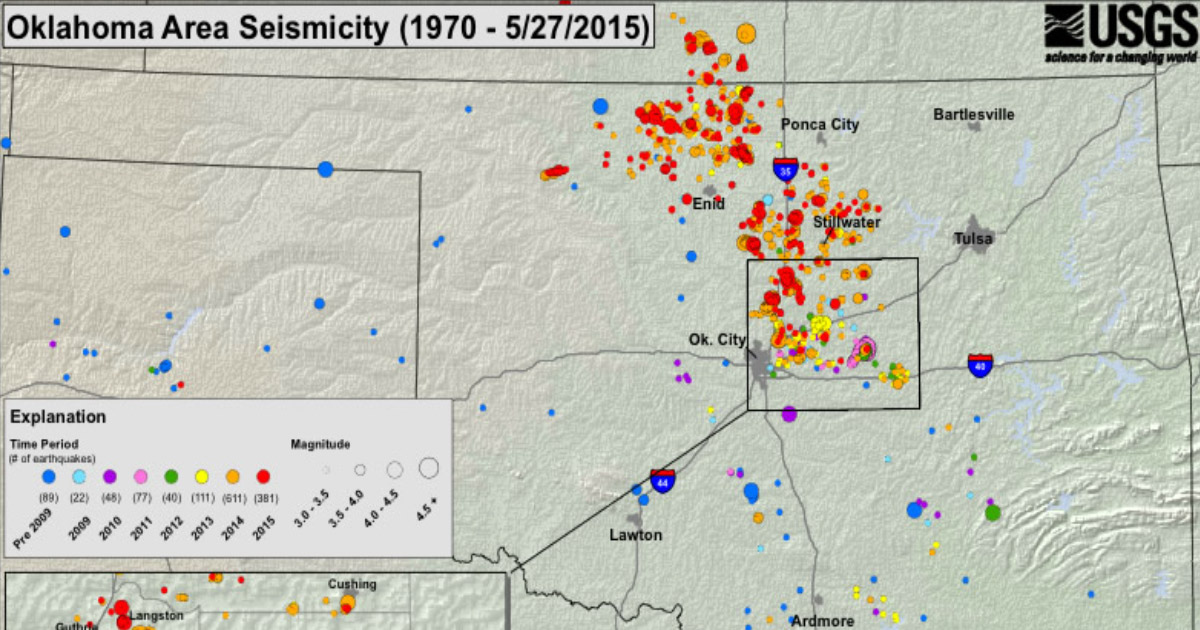Virtual Resource Room Navigation
Home
In contrast with natural seismicity – which occurs in defined areas with natural energy release – induced seismicity refers to earthquake activity resulting from human or artificial development that alters the stresses on the Earth’s crust. With the dramatic increase of the number of earthquakes near hydrocarbon fields, the scientific community as well as the legal community have been prompted to examine the potential relationship between induced seismicity and oil and gas development together with the risks and effects of induced seismicity on the population and environment.
Scientific studies have observed that wastewater injection with high fluid pressure is the most probable cause of the increase in induced seismicity related to oil and gas development. While some studies have posited a relationship between induced earthquakes and hydraulic fracturing itself, these instances have been characterized as being relatively rare compared to the ones induced by injection wells.
In an effort to mitigate the potential health and environmental impacts of induced seismicity, various states affected by – or potentially affected by – induced seismicity, including Oklahoma, Texas, Ohio, Arkansas, Colorado, Kansas, California, and Illinois, have developed seismicity-related regulations for disposal wells.
This guide is intended to present a collection of legal resources relating to induced seismicity. While the Center for Agricultural and Shale Law makes every effort to maintain and update the content furnished in this guide, no warranty or other guarantee is made regarding the timeliness or accuracy of any information provided.


